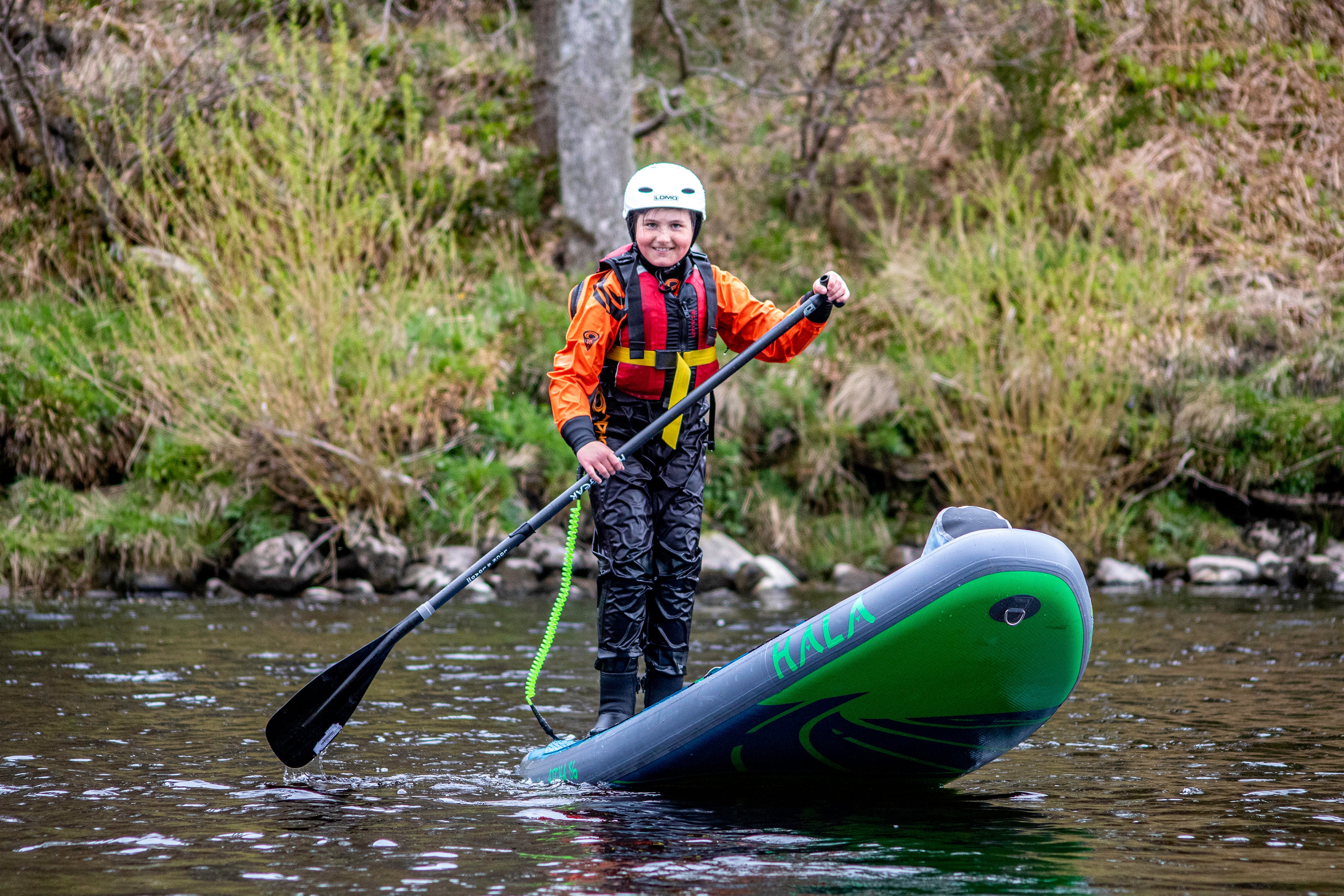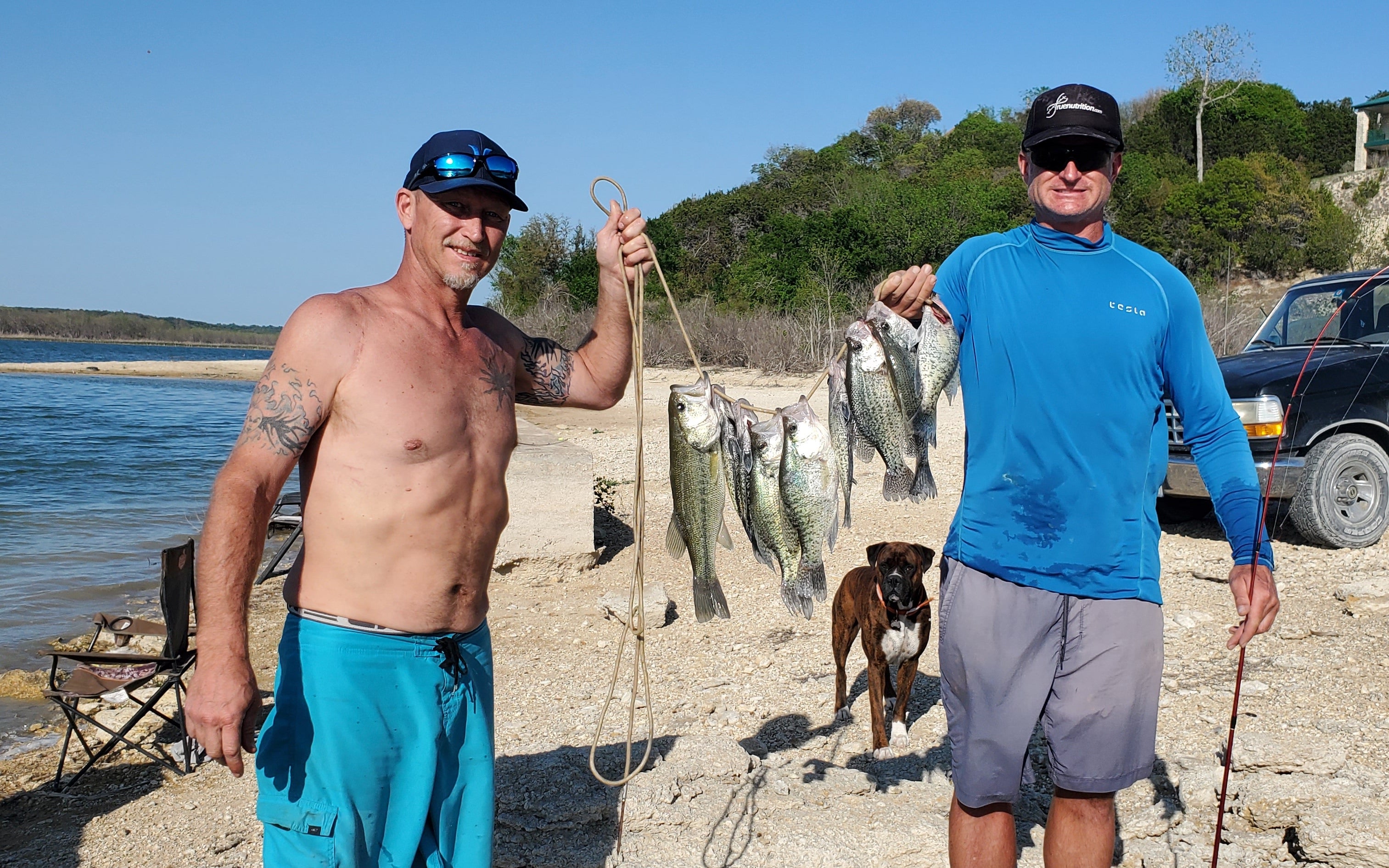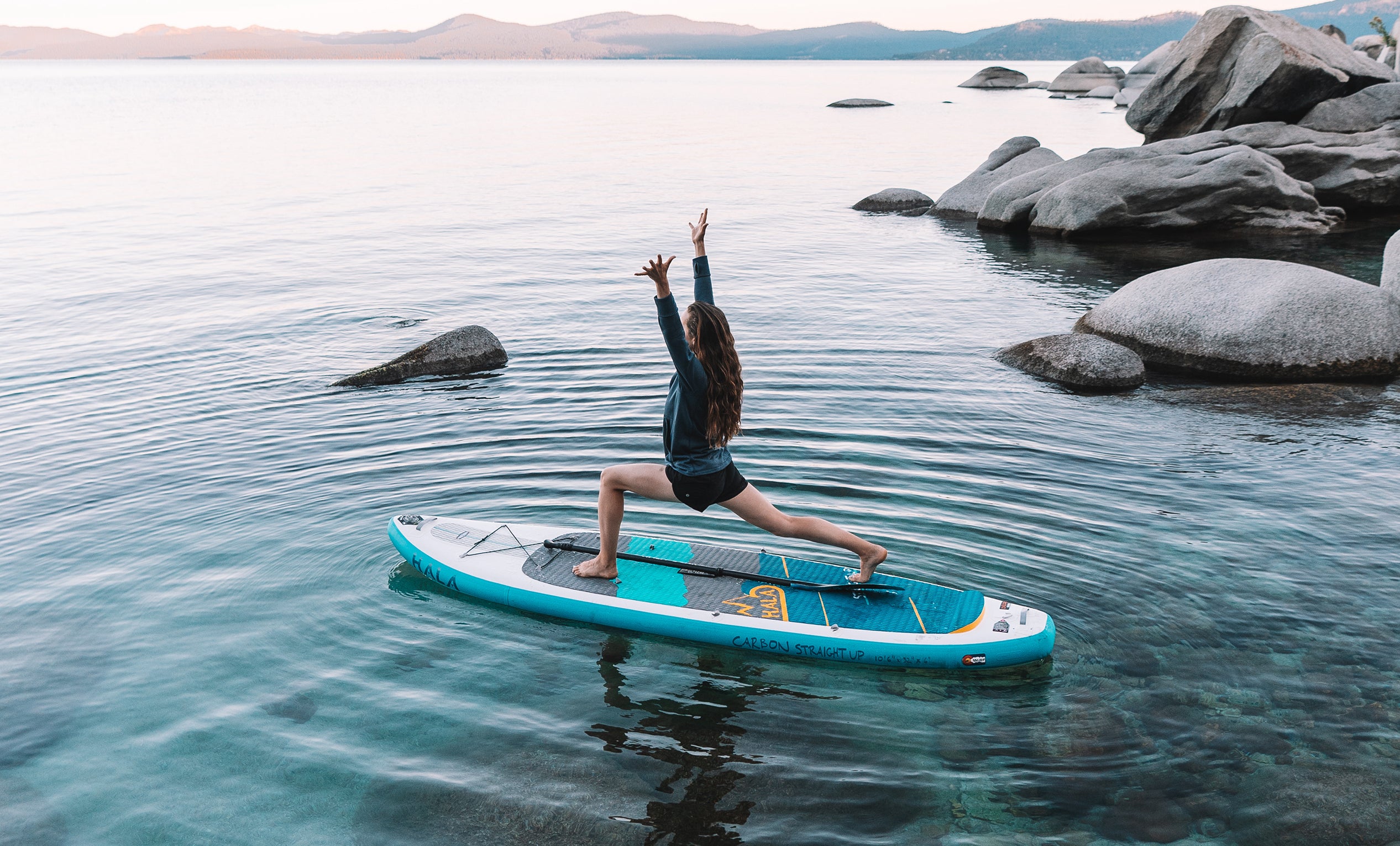
To Leash, or Not to Leash?
That should be the question, but is it?
Are you leashing because it’s an accepted and encouraged practice amongst river paddlers?
Are you leashing to protect your $1,000+ investment?
Are you considering all the implications of wearing a leash on the river before you attach to one?

Spoiler alert: Wearing a leash often boils down to personal preference and experience.
A leash on the river is a potential. It’s a potential help in a lot of situations, but it can just as easily become a potential hazard.
The point of this article is not to scare anyone away from using appropriate leashes while stand-up paddleboarding on the river. Like any other piece of gear, they are a tool meant to make participating in our sports more comfortable. We would like to take a moment to help spread awareness of the potential safety concerns that inherently come from being attached to a leash in whitewater, and how to minimize as much risk as possible while on your SUP.

If there's one thing we can all agree on, it's that ankle leashes belong on oceans and lakes, NEVER the river!
Appropriate river leashes are coiled and have quick-release systems. We’ve all seen them--they rely on us to pull a small, brightly colored ball and, viola! We are no longer attached to the SUP. In theory, that’s that. But, have you ever taken a swim and remounted your board to find your leash wrapped around your foot? What if you also managed to put a twist in the coil as well? Not that farfetched, given the types of whitewater we are paddling these days. Now, for all intents and purposes, you’ve got a knot. It’s wrapped around, let's say, your thigh. You pass on one side of a rock, tree, or bridge pylon and your board goes on the other. The current pushes your head downstream and the leash knot slips down to your ankle and tightens. You find your quick release and pull. The D-ring comes off your PFD, but you go nowhere. Now what? Well, you could grab your thigh with both hands and try to pull your way to your ankle so you can attempt to slip the knot off or you could try to cut at it. But that may not work. Let’s explore some ways to avoid this.
Some leashes have Velcro overlaps at the end opposite the quick-release shackle. We like these leashes, so we make one. When overlapped completely, these Velcro straps will hold under extreme tension (which you may want in certain situations). When you reduce the amount of overlap, you reduce the amount of tension it takes to pull the straps apart. You can and should test this on dry land by pulling on your leash. Find a comfortable amount of tension for the stretch of whitewater you're about to paddle. Now, if you get in trouble, both ends have the ability to release even if you don’t get to your quick release belt or ball. This is an incredibly useful tip because how often do you practice reaching for your quick-release underwater or in a current? It’s also great because it works even if you are incapacitated for whatever reason.

Some folks simply want nothing attached to them while they're paddling whitewater.
A leash is to some degree a system of rigging. Those of you with Swiftwater Rescue training and experience know that you never use a non-locking carabiner in a system. The same goes when leashing. Imagine you have your leash clipped to the webbing of your PFD with the non-locking biner provided with the leash. You take a swim and somehow in the mayhem, your biner gate comes in contact with the bungee or a D-ring on your board. It clips. You are now heading downstream clipped to your board with your head underwater trying to get yourself composed while you head straight into whatever terrible hazard is downstream. A bit unlikely, but not impossible, and certainly something to consider when purchasing a leash (don't worry, our take on the quick-release leash uses a locking carabiner!).
Of course, there is always the option to not wear a leash at all when you SUP. Naturally, this comes with the dreaded risk of losing your board after a swim, putting you at risk of swimming whitewater for longer than you intended, and risking your paddling group's safety as they try to rescue yourself and your board. Not to mention, if your board is unable to be recovered then you would be out a few pretty pennies!
There is a lot to talk about when it comes to leashes and whitewater SUP; a brief article can barely scratch the surface. We do not have all of the answers. Ultimately, the decision whether or not to paddle with a quick-release leash rests on you. Leave us your thoughts in the comments below, and let's all try to talk more about river safety amongst our paddling groups. Finally, if you see someone about to launch with an ankle leash on, always try to stop them and offer some friendly education. You could be saving a life!
Originally published by Matt Buckley, a Hala Gear Team Rider. June, 2017.
Edited and re-published by Hala Gear. May, 2023.



Leave a comment
This site is protected by hCaptcha and the hCaptcha Privacy Policy and Terms of Service apply.